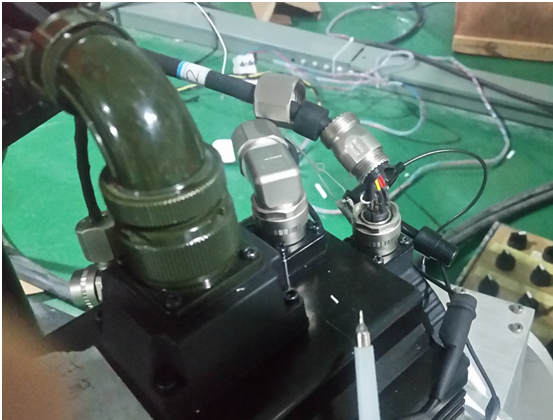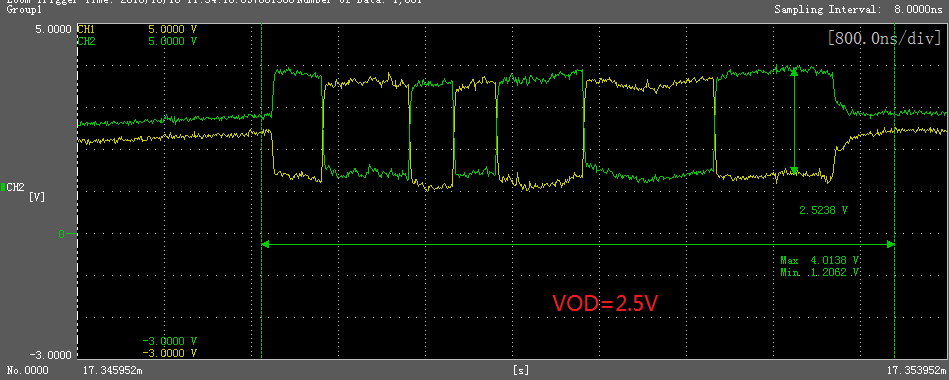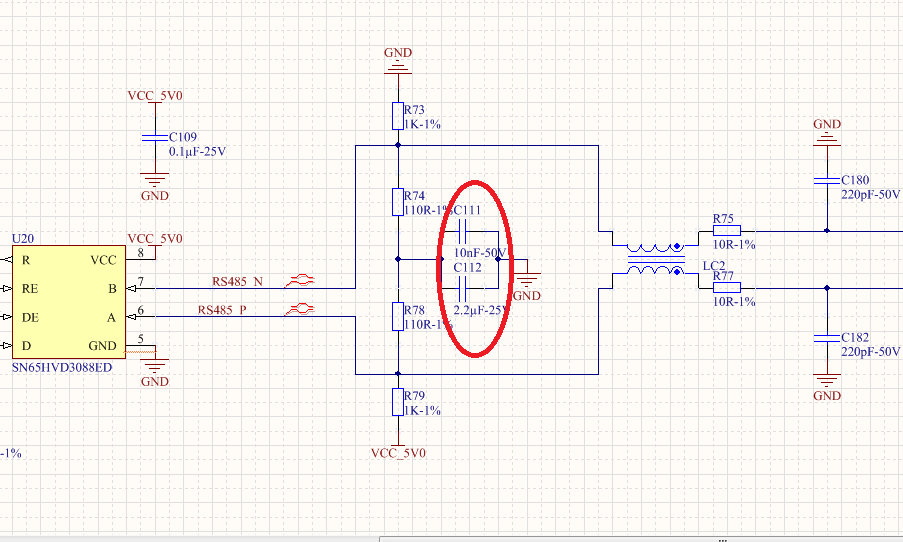Other Parts Discussed in Thread: SN65HVD3082E, THVD1450, THVD1550
Hello everyone!In my system, the servo driver and the encoder communicate through RS485.The baud rate of communication is 2.5M.The chip we chose is sn65hvd3088e. we compared the chip TP75176E of 3peak company.We found that the differential output voltage of the sn65hvd3088e is smaller than that of the chip.The encoder cable length is 15m
The test point is on the encoder side.
1. sn65hvd3088e
2.TP75176E
in application, we found that the greater the differential voltage, the greater the anti-interference performance. And it also adapte to different manufacturers encoder more.How do I increase the driving ability of the circuit to get a larger differential voltage? Is there any need to modify the circuit diagram? Can you recommend another chip?






